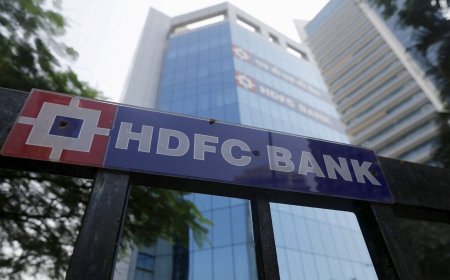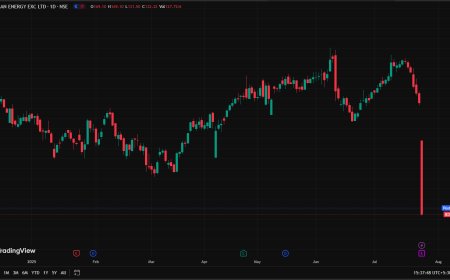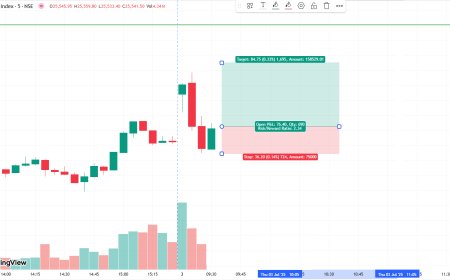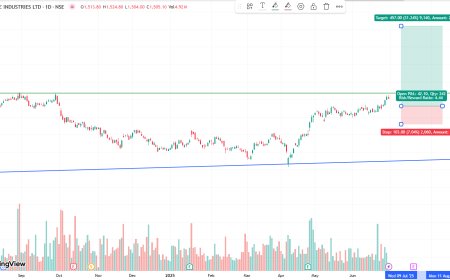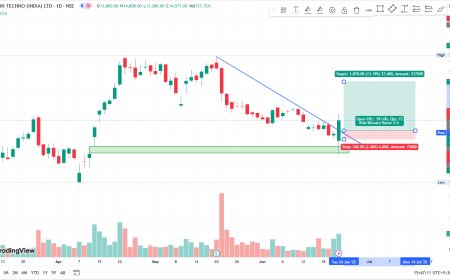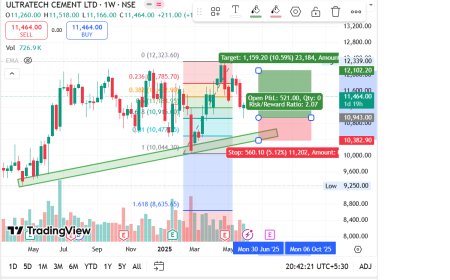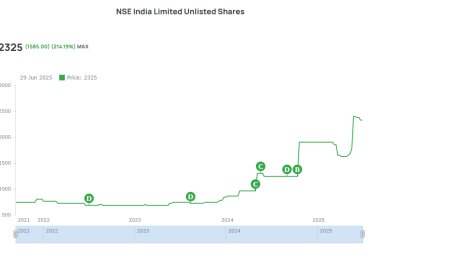Sterling Rises Against a Weaker Dollar Ahead of UK’s Spending Plan
The British pound strengthens against the US dollar as markets anticipate the UK’s new fiscal spending plan. Analysts weigh in on investor sentiment and macroeconomic impact.

London, June 9, 2025 — The British pound gained ground against the US dollar on Monday, buoyed by investor optimism surrounding the UK government’s upcoming fiscal spending plan and a broadly weaker greenback. As markets anticipate new economic measures from Chancellor Jeremy Hunt aimed at stimulating growth, traders are repositioning portfolios in favor of sterling ahead of the announcement.
Sterling Strengthens as Market Focus Shifts to UK Fiscal Policy
Sterling rose 0.4% to trade at $1.2842 during the European session, reaching its highest level in two weeks. The gains come as the dollar retreats from recent highs, pressured by a moderation in US Treasury yields and growing speculation that the Federal Reserve may hold interest rates steady at its upcoming meeting.
"The pound is finding support from expectations that the UK’s fiscal outlook will turn more expansionary," said Jordan Rochester, FX strategist at Nomura. "Investors are hopeful that the government will roll out targeted spending, especially in infrastructure and productivity-related sectors, to help reinvigorate a slowing economy."
UK Economic Outlook in the Spotlight
The UK’s spending plan, set to be unveiled later this week, is expected to outline fresh investments in public services, transport, and green technology. Analysts believe the move is designed to bolster flagging consumer and business confidence, especially ahead of the anticipated general election later this year.
Although the UK economy narrowly avoided a technical recession in the first quarter of 2025, growth remains tepid. The Office for National Statistics (ONS) reported just 0.2% GDP growth in Q1, weighed down by weak industrial output and cost-of-living pressures.
"The spending plan will be crucial in shaping investor sentiment going forward," said Priya Patel, senior economist at HSBC. "Markets are watching whether the government prioritizes long-term structural reforms or opts for short-term populist measures ahead of the election."
Weaker Dollar Offers Additional Tailwind
The dollar index (DXY), which tracks the greenback against a basket of six major currencies, declined by 0.3% to 103.7. Investors are pulling back from the dollar as data released last week showed signs of softening in US labor markets and inflation expectations.
Friday’s weaker-than-expected US nonfarm payrolls report sparked speculation that the Federal Reserve may adopt a more dovish tone in its policy statement on Wednesday.
"The Fed is likely to pause, and the market is pricing in rate cuts for later this year," said Jane Foley, head of FX strategy at Rabobank. "That naturally weighs on the dollar and creates space for currencies like the pound to strengthen, particularly when paired with domestic fiscal optimism."
BoE Policy Path Still Key to Pound’s Trajectory
Despite near-term tailwinds, the Bank of England’s (BoE) monetary policy stance remains a critical driver of sterling’s performance. Markets are currently pricing in a 60% chance of a rate cut in August, given the easing inflation trajectory and sluggish growth.
However, some analysts caution that if the upcoming spending plan stokes inflationary pressures, the BoE may delay monetary easing to maintain credibility.
"Fiscal expansion, if not carefully calibrated, could complicate the BoE’s task of managing inflation," warned Michael Saunders, former BoE policymaker and now economist at Oxford Economics. "The pound might benefit in the short term, but sustained gains would require coordination between fiscal and monetary policy."
Investor Outlook: Cautious Optimism with Key Risks
For now, currency traders and portfolio managers are maintaining a cautiously optimistic view on sterling. The near-term outlook hinges heavily on the details of the spending plan, with a focus on whether measures are seen as growth-boosting or inflationary.
"Sterling is undervalued relative to its long-term fundamentals, particularly if the UK can deliver stable macroeconomic policy," said Emma Hargreaves, portfolio manager at Jupiter Asset Management. "That said, political uncertainty and the global risk environment remain significant headwinds."
Markets will also be closely watching political developments, including potential election timelines and the opposition Labour Party's response to the government’s spending initiatives.
The British pound is showing resilience ahead of a pivotal fiscal announcement, aided by a weakening US dollar and renewed hopes for domestic stimulus. However, the longer-term trajectory of sterling will be determined by the interplay of fiscal strategy, monetary policy, and political dynamics in the run-up to the UK’s general election.
What's Your Reaction?
 Like
0
Like
0
 Dislike
0
Dislike
0
 Love
0
Love
0
 Funny
0
Funny
0
 Angry
0
Angry
0
 Sad
0
Sad
0
 Wow
0
Wow
0



























